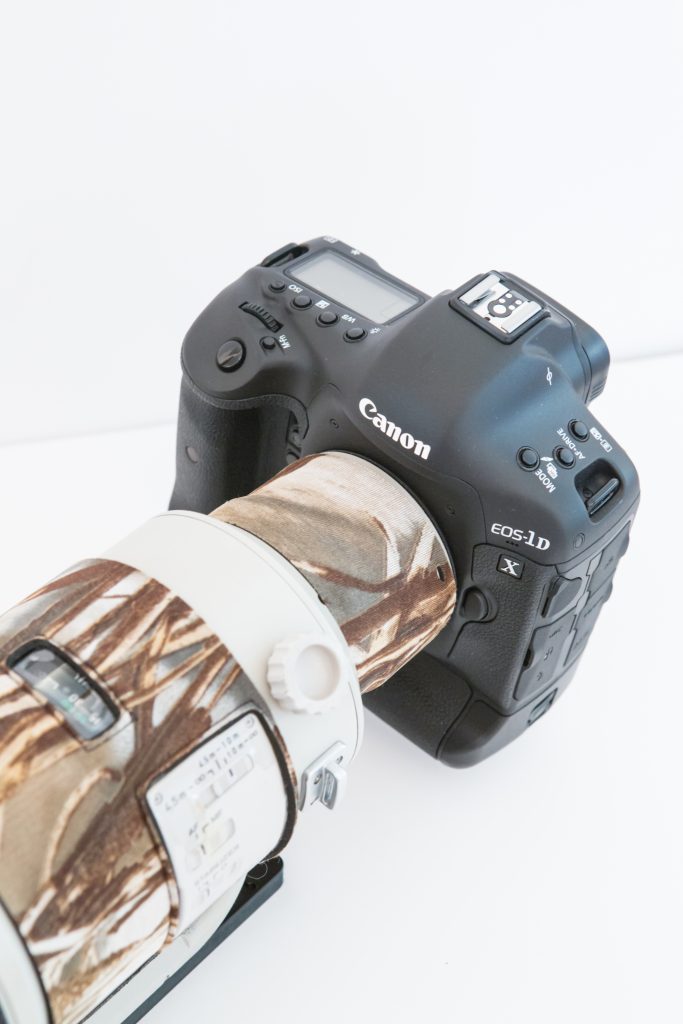My Wildlife Photography Setup
My Wildlife Set Up. For wildlife, there always seems to be a debate of what gear is required, and if one really needs something expensive to make a great shot. The simple answer is a great photo can be made with any camera. I had the opportunity to get some great equipment cheap, and jumped on it. Listed below is my wildlife photography set up, and the gear I use.
 First up is the camera. Canon’s “big boy” the 1DX. Frames per second, iso performance, mega pixels, all can be found in other cameras that do a fantastic job. However, when using different cameras from Canon’s wonderful line up, there is just something special about the 1DX and it’s performance. The frames per second going off like a machine gun when there’s a bird in flight, using it’s fantastic tracking to lock on (especially with a teleconverter) works just like Canon advertises. There is only positive things I can say about the camera, but with it’s current price tag, especially with 1DX2 coming out anytime now, there are many other cameras that do a great job. The camera creates wonderful prints in almost any size one could want with sharp detail even at high ISO’s.
First up is the camera. Canon’s “big boy” the 1DX. Frames per second, iso performance, mega pixels, all can be found in other cameras that do a fantastic job. However, when using different cameras from Canon’s wonderful line up, there is just something special about the 1DX and it’s performance. The frames per second going off like a machine gun when there’s a bird in flight, using it’s fantastic tracking to lock on (especially with a teleconverter) works just like Canon advertises. There is only positive things I can say about the camera, but with it’s current price tag, especially with 1DX2 coming out anytime now, there are many other cameras that do a great job. The camera creates wonderful prints in almost any size one could want with sharp detail even at high ISO’s.

Lenses and Accessories. Currently I use two lenses for wildlife, but one almost 95% of the time. Which is Canon’s 500mm, f/4. I use this lens all the time with a 2x Teleconverter to create 1000mm!!! Crazy! Once in a while I pull out the 70-200mm for stuff that is right next to me. The lens creates great bokeh at f.4 and seems smooth a silky. Shooting at f.8 do to the teleconverter still has nice bokeh, and sharp sharp sharp images. Using the 1DX, it’s able to still use auto-focus with the teleconverter attached which is a life saver when tracking a fast moving animal. The lens locks on quickly and once again creates sharp images for printing.
Accessories! For birds mainly I use what you see above. It’s a canon 580 EX ii, attached to a Really Right Stuff flash bracket, with a Canon off Camera sync chord, and finally a Better Beamer flash extender. That’s a mouth full isn’t it? However, it all creates the perfect flash set up. With the off  camera sync chord, one is able to over ride the cameras max sync speed, which I believe is around 1/300th, which is not very fast for a flying bird. This way the flash still pops off, stops the motion, one gets the highlight in the eyes, and fills in shadows. Bam! For all it’s gadgets, it only weights less than a pound, so the camera does not feel unstable with it attached.
camera sync chord, one is able to over ride the cameras max sync speed, which I believe is around 1/300th, which is not very fast for a flying bird. This way the flash still pops off, stops the motion, one gets the highlight in the eyes, and fills in shadows. Bam! For all it’s gadgets, it only weights less than a pound, so the camera does not feel unstable with it attached.
The support system! This is probably the most important part for wildlife is a sturdy base to photograph, especially when using a long focal length, camera shake comes into play very quickly. First up is the Wimberly Gimbal head. Super great construction and feels indestructible. I always feel safe when it’s locked down that the camera or lens won’t just fall off. It uses archa swiss attachment, so I have a Wimberly lens plate attached. The gimbal head allows the lens to feel like it weights nothing and move in any postion one could imagine. Holding up the gimbal head is the Gitzo GT3542XLS. This is my favor tripod I own. It feels like a tank. It’s a tad on the heavy side, but sinks into the ground to create a rock solid base. I am 6’4 and it extends over my head, so height is not a problem. It has 3 extendable legs which are fat and beefy, and once again feel really stable. I added the lens coat tripod leg protectors because when picking up the tripod, it gets cold quickly, or when it’s on your shoulder, that weight will add up, so it provides a comfy layer.


Go out, take your telephoto lens, and capture some wildlife images! They can be created with anything and waiting for you!
Colorado Photography Experience | Turner Smith Photography





